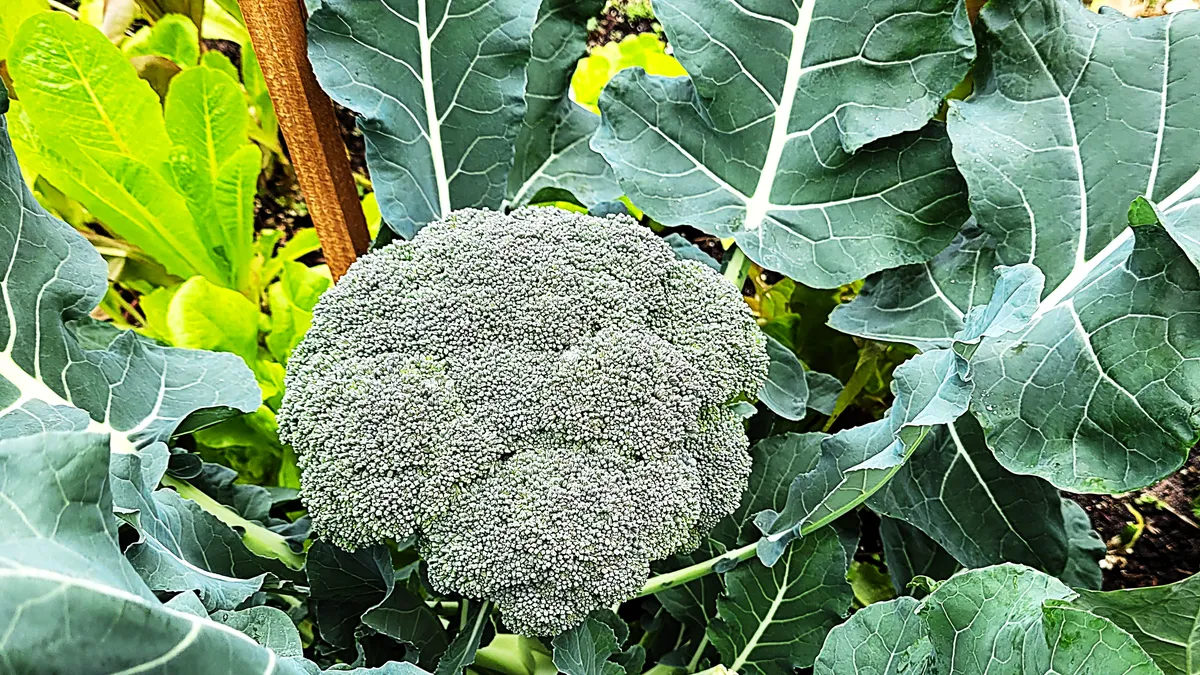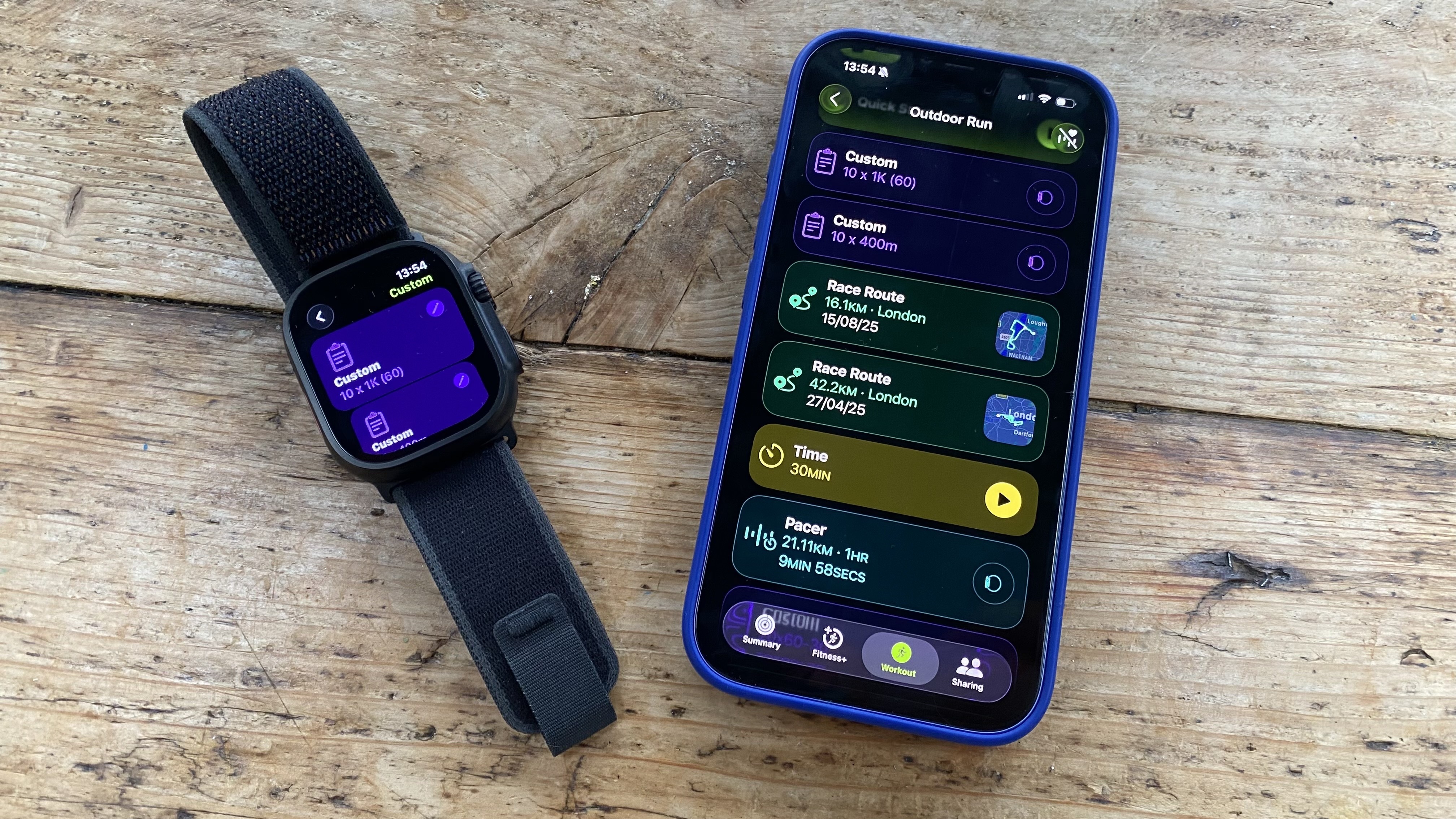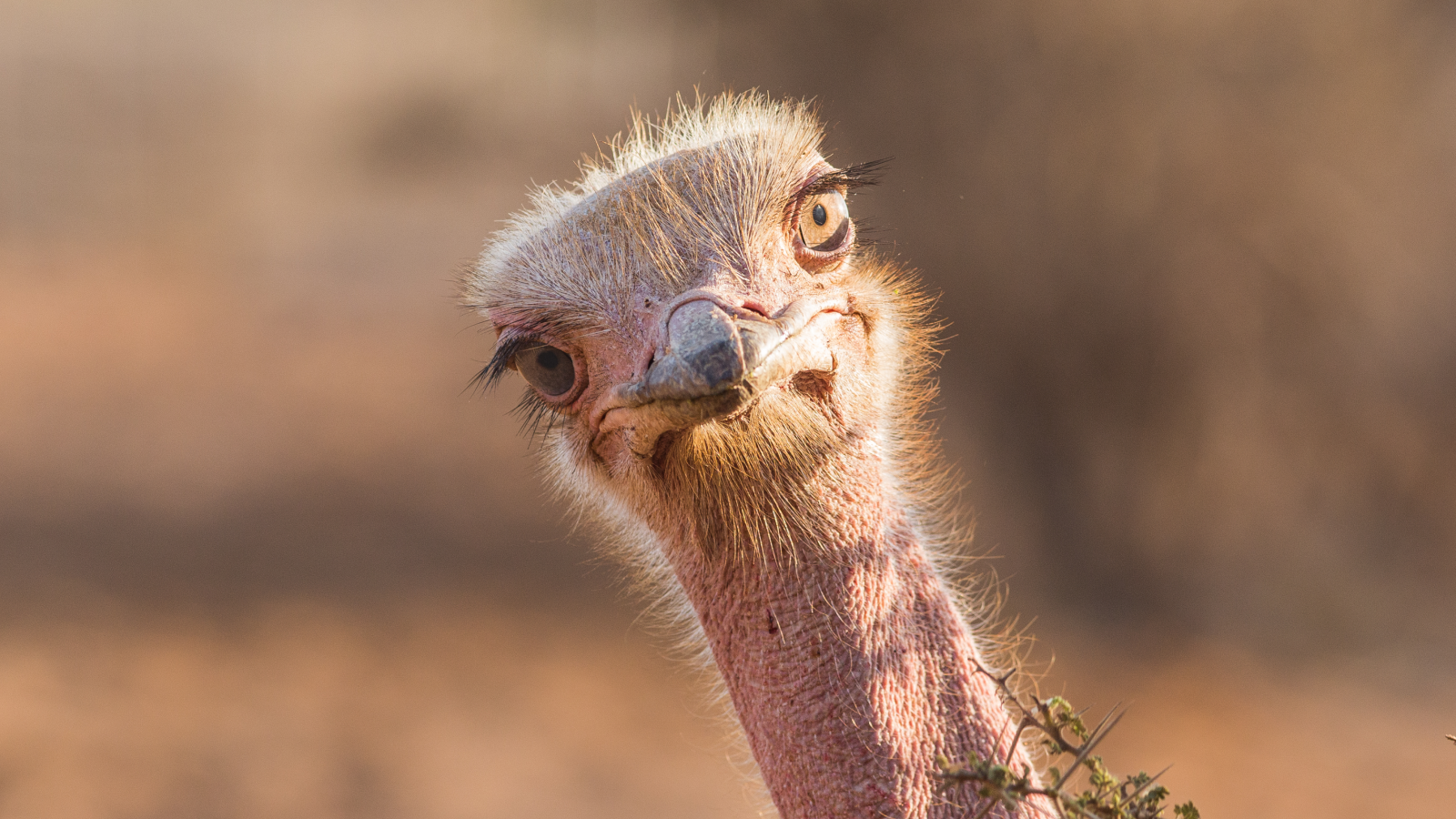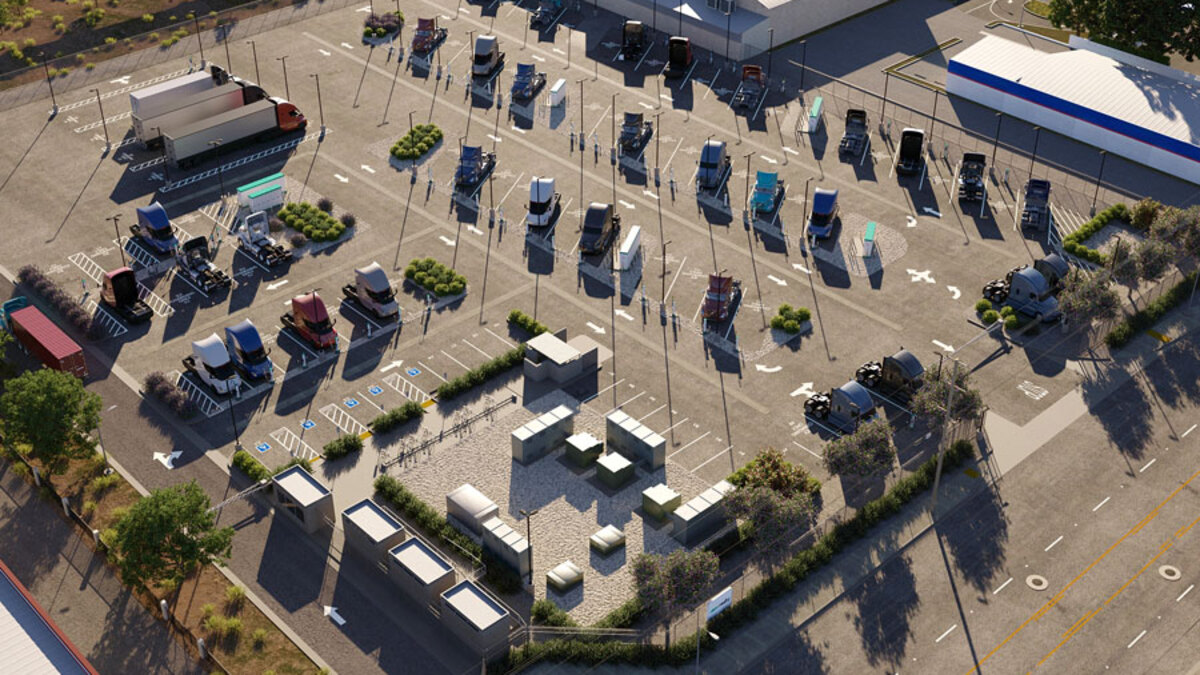
In any successful budding romance, timing is everything. If the timing is right, the results can be pure bliss, a perfect match. However, if the timing is off, you could be in for a major disappointment. The same is true of gardening. Good timing is critical to success.
Few can argue that this summer’s sweltering heat, persistent pests and weeds, and general malaise may have dampened any desire to spend time or energy in the garden. But take heart.
Fall is on the horizon and can be the ideal time to enjoy planting and cultivating a bounty of seasonal vegetables, herbs and flowers. And the process need not be daunting. Follow a few basic principles – including proper timing – and develop the strategies that will work best for you, your gardening space and hopefully your dinner table.
Select a location
Choose a site with well-drained soil that receives at least six hours of direct sunlight a day. It doesn’t have to be a large plot of land or raised bed. Small space gardening on sunny porches, balconies, and patios can work equally as well.
Consider using planter boxes, pots, or even unique, environmentally safe containers as long as they provide adequate drainage, depth for roots to develop and mature, and a water source nearby.
Prepare the soil
Remove weeds, old, diseased plant matter, and any debris from the soil, then loosen with a spade, pitchfork or shovel. It can be helpful, though not required, to check your soil’s pH with a soil test that indicates the nutrient levels available to your plants. (The ideal range is between 5.5 and 7.0, and vegetables tend to favor a slightly acidic soil.)
Soil testing is not complicated and a Master Gardener Volunteer (MGV) at the Leon County UF/IFAS Extension office at 615 East Paul Russell Road can provide materials and step by step instructions. Call the office at: 850-606-5200.
Scientists with the UF Horticultural Sciences Department acknowledge that most soils in Florida are deficient in organic matter. Combine that with the understanding that most people tend to plant in whatever soil is available, and that may not always produce the best results.
Fortunately, thanks to researchers at the Institute of Food and Agricultural Science (IFAS), we now have a comprehensive, beneficial tool, the Florida Vegetable Gardening Guide. They recommend adding organic matter such as rotted leaves, compost, and commercial soil mixes into your soil a month before planting and also include instructions on how to make your own compost.
What to plant
The USDA Plant Hardiness Zone for North Florida is 9a which interestingly enough, shifted from its previous designation as Zone 8b in 2023. This was due to an increase in the average winter temperatures recorded over the past 30 years. Still, we enjoy a wide variety of fall vegetables, herbs, and flowers that grow well here.
When it comes to growing cool-season vegetables, think dark, leafy green: broccoli, kale, chard, and collards. Also consider carrots, cabbage, onions, and a variety of lettuces. Herbs such as Mexican tarragon, mint, basil, thyme, dill, cilantro, and parsley flourish during our cooler, dryer months, and pollinator insects feast on the blooms once the herbs have bolted.
Try to include fall flowers in or near your garden as a valuable food source for pollinator insects. You can’t go wrong by planting goldenrod, zinnias, and asters.
If you would like additional guidance about what to plant and what seeds or transplants are available in our area, consult the certified, knowledgeable experts at any of our locally-owned nurseries and garden centers.
Direct seeds or seedlings?
Seeds can provide more variety in selection, but transplants will get you off to a faster start. Consider using both if your space allows. Select healthy transplants and avoid those that are already flowering. Also be aware that vegetables difficult to transplant should be seeded.
And remember to stagger the planting days of similar vegetables so everything doesn’t reach harvest maturity at the same time. Lastly, if you plant in the same space year after year, rotate your crops from place to place to control pests and soil diseases.
Resources for what and when
Why is timing important? In simplest terms, plants need time to establish healthy root systems and mature before frost. So how do we know what to plant when?
Keep these two resources on hand: The North Florida Gardening Calendar provides an annual list of suggested plantings by month as well as helpful links and simple suggestions on what to do in the landscape each month. And, the Planting Dates for North Florida, a simple one-page chart listing fruits, vegetables and the months in which to plant them developed by the Red Hills Small Farm Alliance.
Also consider subscribing to the e-newsletter Gardening the in Panhandle and receive regular emails from area Horticulture Agents.
What next?
The right time to plan your fall garden is now. Whatever the size or volume, it’s not a complicated enterprise. The experience can be rewarding as you find that your home-grown herbs and vegetables possess a deep, rich flavor, and your mental and physical well-being improve from being outdoors in nature, cultivating delicious nutritious food. Yes, the timing now is right and you with your fall garden could be the ideal match.



